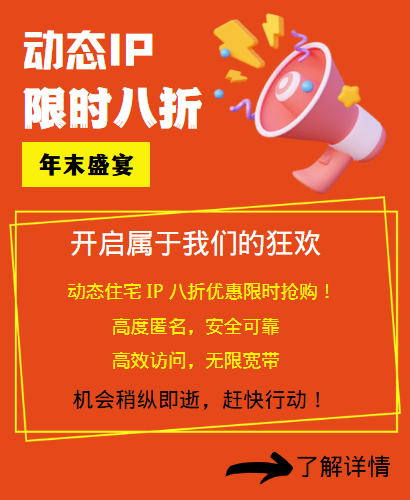On TikTok, a global short video platform, users may sometimes want to cross geographical boundaries to explore popular content in different regions or participate in challenges in specific regions. At this time, virtual positioning technology becomes a practical tool. This article will introduce in detail how to implement virtual positioning for the TikTok app on mobile phones, and briefly mention 98IP proxy as one of the possible solutions, aiming to provide users with a comprehensive and practical guide.

I. Overview of virtual positioning technology
Virtual positioning, in short, is to change the geographical location information of the device through technical means, so that users can simulate the illusion of being anywhere in the world without actually moving. This technology is not only applicable to TikTok, but also widely used in social media, games and other fields.
1.1 Technical basis
Virtual positioning technology mainly relies on modifying the GPS data of the device or using a proxy server to achieve it. Modifying GPS data usually involves adjusting the underlying settings of the device's operating system, while proxy servers change the identification of geographic location by forwarding network requests and hiding the user's real IP address. Both methods have their advantages and disadvantages, and users need to choose the appropriate method according to their specific needs.
1.2 Legality and Compliance
When using virtual positioning technology, users need to pay special attention to its legality and compliance. Although many applications and services allow users to modify geographic location information to a certain extent, excessive use or abuse of virtual positioning technology may violate the terms of service or even violate the law. Therefore, it is recommended that users read the relevant terms carefully before use to ensure that their behavior is legal and compliant.
II. Steps to implement virtual positioning of mobile TikTok
2.1 Choose the right tool
In order to achieve virtual positioning of TikTok, users need to choose a reliable virtual positioning tool. These tools usually include dedicated virtual positioning applications, GPS spoofing software, and proxy server services (such as 98IP proxy). Users should choose the most suitable tool based on their needs and device compatibility.
- Note: When choosing a tool, be sure to ensure that the source of the tool is reliable to avoid downloading malware or viruses.
2.2 Install and configure the tool
After installing the selected virtual location tool, users need to configure it according to the tool's instructions. This usually includes steps such as setting the target geographic location, enabling GPS spoofing, or configuring a proxy server. After configuration is complete, users should ensure that the tool is running correctly and check whether the device's geographic location information has been changed to the target location.
2.3 Open TikTok and verify location
After the virtual location tool is running normally and the device's geographic location information has been changed, users can open the TikTok app. At this time, TikTok should be able to identify the user's new geographic location and display content from the corresponding region. Users can verify whether the virtual location is successful by browsing popular videos, participating in regional challenges, etc.
III. Precautions and risks
3.1 Account security
The use of virtual location technology may have a certain impact on the security of TikTok accounts. For example, frequent changes in geographic location may cause the account to be marked as abnormal behavior, which in turn triggers security verification or ban measures. Therefore, users are advised to be cautious when using virtual location and avoid changing the geographic location too frequently.
3.2 Privacy protection
Virtual location technology may involve the risk of leakage of user privacy. Some virtual positioning tools may need to access users' sensitive information (such as location data, device information, etc.), thereby increasing the risk of privacy leakage. Users should carefully read the privacy policy of the tool before using it and ensure that their privacy is fully protected.
3.3 Compliance with laws and regulations
Finally, users must comply with local laws and regulations and terms of service when using virtual positioning technology. Excessive use or abuse of virtual positioning technology may violate the law and lead to legal liability. Therefore, it is recommended that users fully understand the relevant laws and regulations before use and ensure that their behavior is legal and compliant.
IV. Summary
Virtual positioning technology provides mobile TikTok users with a practical tool to cross geographical boundaries and explore different content. By choosing the right virtual positioning tool, configuring it correctly and using it with caution, users can enjoy popular content and challenges around the world without actually moving. However, when using virtual positioning technology, users also need to pay special attention to its legality and compliance to ensure that their behavior is legal and safe.
Related Recommendations
- How to reduce latency and play overseas games?
- Protecting privacy and improving network security are the main manifestations of the importance of overseas high-profile agent IP!
- N uses of proxy IP: Unlock more online games you don't know about
- The difference between http proxy and socks5 proxy
- Support TikTok multi-account operations: Why choose professional network services
- Can two proxy IPs be used on two computers?
- Can ip agents solve the game page jam problem?
- HTTP tunnel proxy, do you really understand it?
- Can't you enter your favorite website? Here are efficient solutions!
- Will static IP initiate DHCP?

